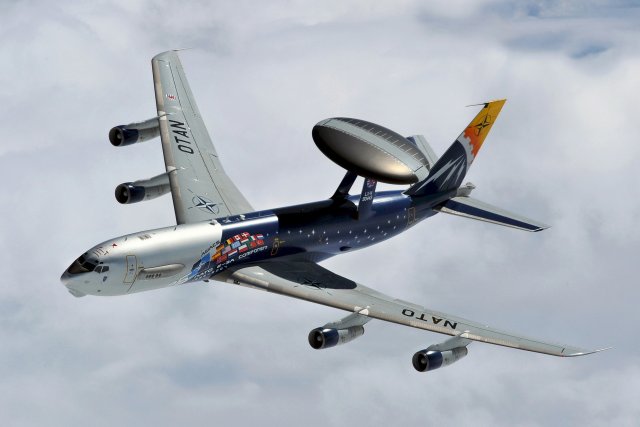Breaking news
NATO eyes follow-on capability for its fleet of E-3A AWACS aircraft.
| a | |||
|
|
|||
|
World Defense & Security News - NATO
|
|||
|
|
|||
|
NATO eyes follow-on capability for its fleet of E-3A AWACS aircraft
|
|||
|
NATO Secretary General Jens Stoltenberg announced yesterday that North Atlantic Council agreed to develop a follow-on capability of its fleet of 16 E-3A AWACS aircraft. Joint Intelligence, Surveillance and Reconnaissance capability "is key for our ability to anticipate and prevent crises. It brings together data from sources like NATO AWACS aircraft, as well as national assets on land, in the air, at sea, and in space," Stoltenberg declared.
|
|||
|
|
|||
 A NATO E-3A AWACS aircraft A NATO E-3A AWACS aircraft(Credit: NATO) |
|||
|
|
|||
|
"To ensure we stay ahead of the curve, ministers agreed today to develop a follow-on capability after they retire around the year 2035," Stoltenberg said.
"This will help deal with challenges from our southern neighbourhood, and support our defence and deterrence against any threat," he added. |
|||






















